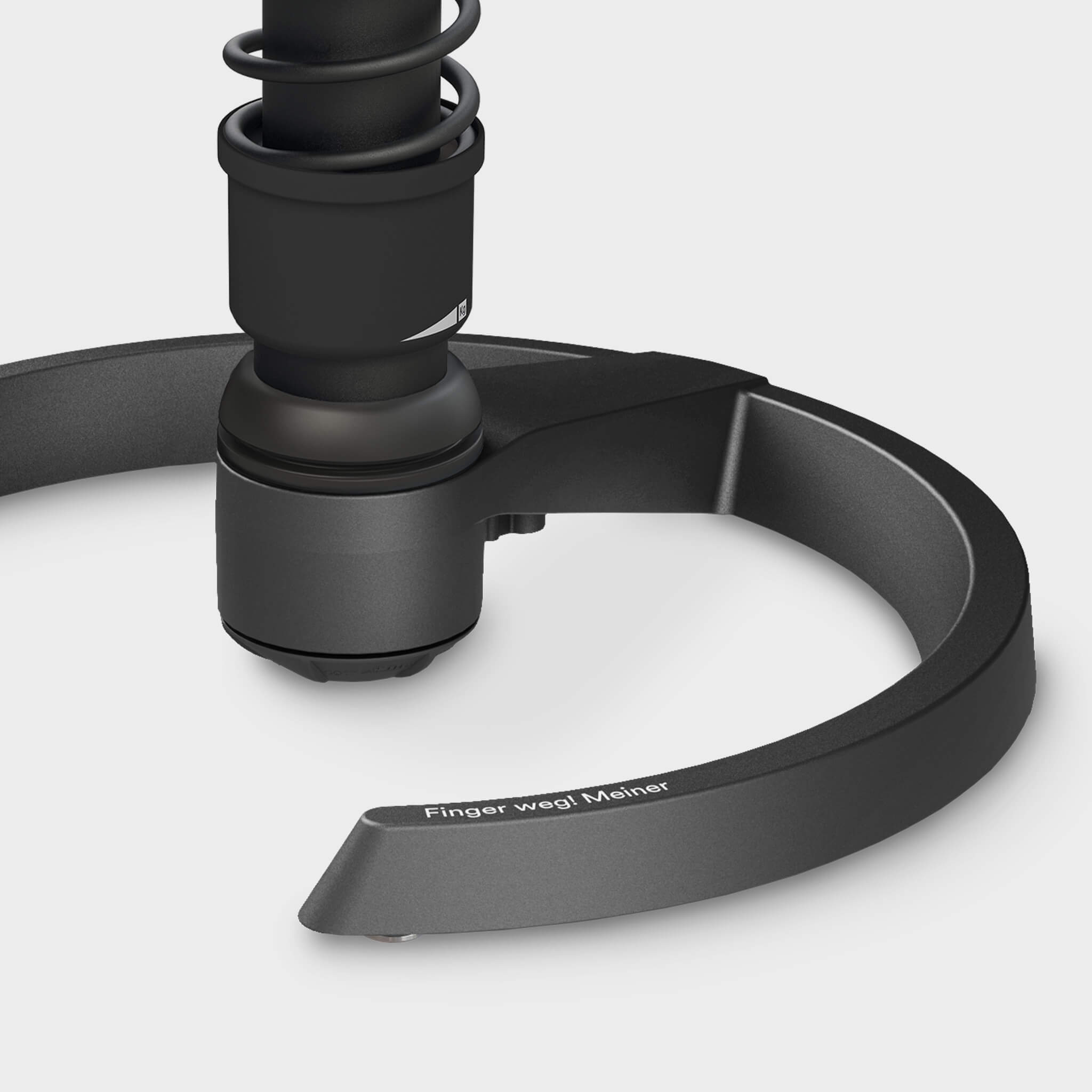How does breathing work?
Whether through the nose or the mouth, we could not survive without breathing and without the oxygen that we take in. But breathing consists of more than just breathing in and out, which we perceive more or less consciously depending on the situation.
We breathe in and out around six litres of air per minute. This air flows past the larynx and vocal cords through the trachea into the lungs, where the vital gas exchange takes place in the bronchi and alveoli (lung sacs). The oxygen that enters the lungs with the air is absorbed by the blood. In return, when we breathe out, we release the carbon dioxide produced in the body. In total, 500 litres of oxygen are transported to the cells via the blood every day.
Breathing is a sophisticated collaboration between very different muscles and muscle groups. By contracting, our most important breathing muscle, the diaphragm, together with the intercostal muscles, ensures that the chest can rise. This gives the lungs enough space to expand upwards and forwards. At the same time - with correct, so-called abdominal breathing - the diaphragm contracts and also makes room for the lungs at the bottom. As soon as the breathing muscles relax again, the used air can be breathed out in a relaxed manner.
External breathing, internal breathing?
In biology, a distinction is made between external and internal respiration. External respiration refers to the process that takes place during lung respiration, i.e. gas exchange. External respiration is not only specific to humans, but to all mammals, fish (via the gills) and insects (via the trachea). Internal respiration describes the biochemical process of cellular respiration, or the absorption of oxygen in the blood by the cells and the release of carbon dioxide by the cells into the blood.
How do you breathe properly?
As one of the most important bodily functions, breathing is controlled by the brain stem and the autonomic nervous system. Therefore, correct breathing is like a reflex and happens in a completely relaxed manner. If you are tense, it is more difficult to breathe. Have you ever tried to pay attention to your breathing? If you are tense, cramped or stressed, you are likely to feel short of breath. You breathe shallowly, the diaphragm cannot expand, the inhaled air stays at the top and the body is not supplied with enough oxygen. This is also called high breathing. The consequences of this incorrect breathing are tiredness and lack of concentration and even digestive problems. If you are relaxed or tired, you breathe unconsciously and, above all, deeply into your stomach. This is deep breathing.
You can learn to breathe properly. In some cases, breathing therapy can be useful for preventing or curing illnesses. In individual cases, these therapies are also covered by health insurance companies.
Why is posture important for breathing?
If you sit incorrectly and bent over in a chair, you not only put strain on your spine , but also pinch your diaphragm and abdominal muscles. This prevents you from breathing freely and relaxed. In the worst case scenario, this not only leads to back pain, but also puts unnecessary strain on your respiratory system.
The same applies to muscle tension and stress at work: it can make you feel out of breath. The right sitting position helps here: sit upright on a chair with your hands loosely on your thighs. If you are sitting well, lower your chin towards your chest until you feel a stretch in your neck. As you do this, breathe in and out slowly and deeply through your stomach. As a preventative measure, it is of course helpful to use a chair in the office that encourages a straight, relaxed posture, such as the Swopper, Muvman or 3Dee office chairs from Aeris.
